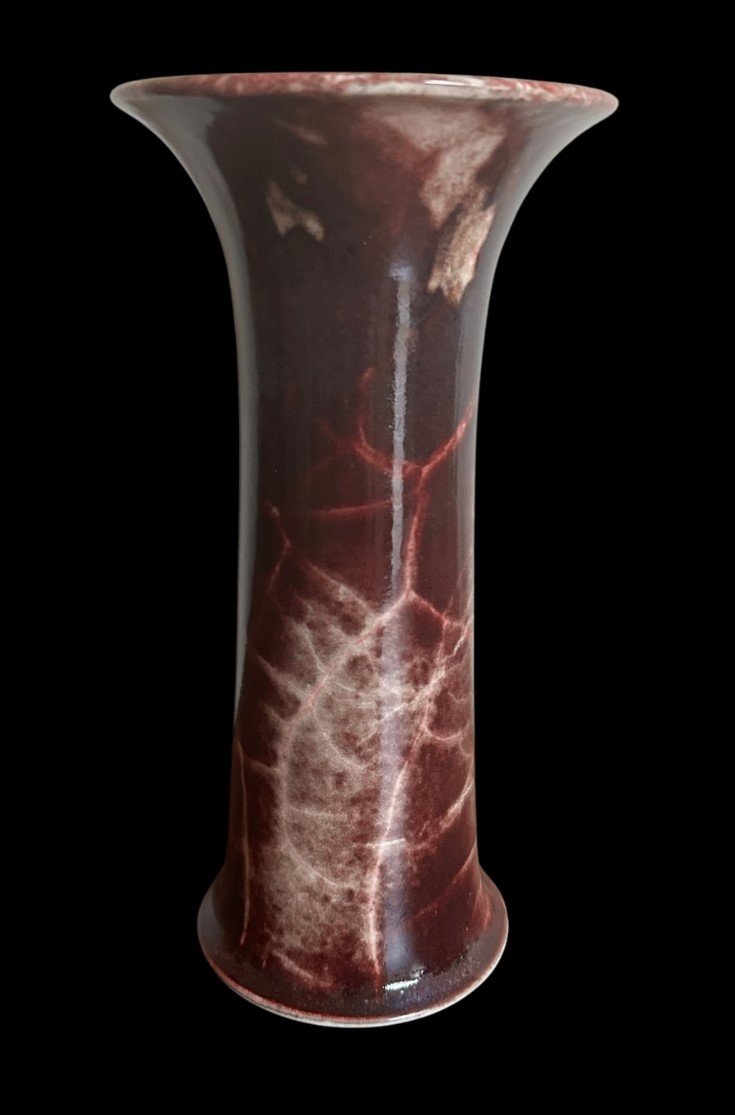Ruskin
Founded in 1898 by Edward Taylor, the stewardship passed on to his son William Howson Taylor who developed a range of technically complex reduction and lustre glazes.
The studio was named after John Ruskin, the leading Victorian Art Critic and Social Reformer and the Taylors were eager to promote the ethics of Ruskin’s teaching within the workplace. (Reportedly they provided milk to their crafts men and women as an antidote to the lead used in the glaze recipes!).
They enjoyed considerable success internationally, winning the First Prize at the St Louis Exhibition of 1904 and they were supported by the Royal Family including Queen Victoria.
Howson Taylor produced four distinct glazes; soufle, lustre, crystalline and the widely acclaimed “high-fired”. In 1935 the factory closed and whilst it is not quite clear whether William literally took the glaze recipes to the grave, they were widely reported to have been destroyed before his death so that the glaze effects could never be repeated. Indeed some 100 years later it would be difficult to argue credibly that any potter since has ever been to replicate the effects as successfully.
Subscribe to the Ruskin Mailing list
Stock for sale













